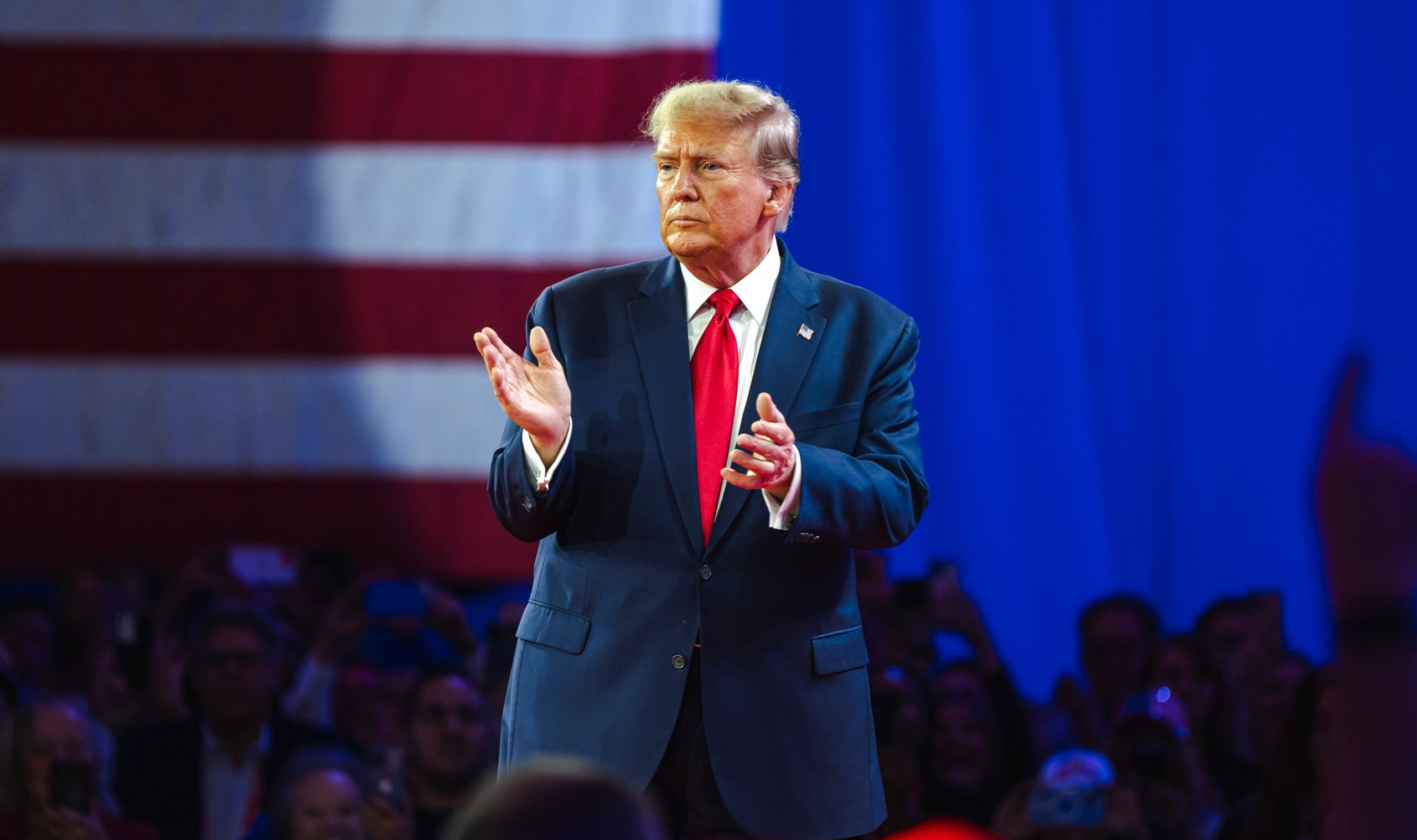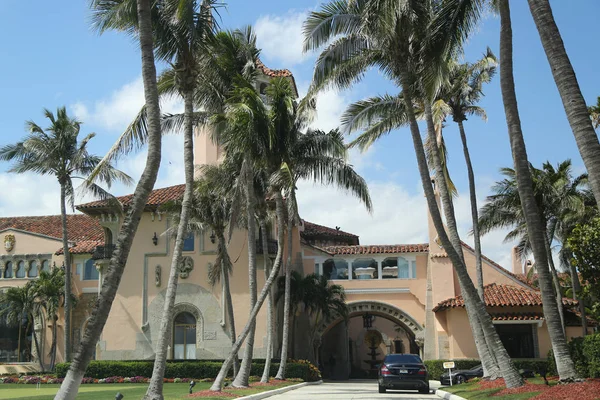Can Trump Deliver?
The once and future president delivered a strong electoral victory, but he needs to fulfill his mandate to cement his legacy.

President-elect Donald Trump won an impressive victory, but it is important to put it in the context of the political polarization of the past quarter-century. The entire premise of Vice President Kamala Harris’s campaign, and President Joe Biden’s before that, was that it was impossible for Trump to win a national plurality.
Yet Trump did win a plurality of the national popular vote, without any third-party candidate drawing more than 0.5 percent. Whenever enough millennia have passed for California to be finished counting votes, he will probably be a tick above or below 50 percent.
Still, nobody would have confused it for a landslide before 2000, when presidential elections routinely became close-run affairs. Even Barack Obama’s win in 2008 was closer to Jimmy Carter’s in 1976 than LBJ’s in 1964. Obama did just well enough to manage to survive slippage in his support four years later and win a second term.
Obama and George W. Bush were both reelected with roughly 51 percent of the popular vote. Biden won in 2020 with a similar vote share. In all three cases, pundits behaved as if the winning candidate had ushered in a permanent national majority for their party. But their wins were far more modest than the Electoral College, God bless it, often made them appear. In each case, they bled support and their party lost the following presidential election.
Trump’s party is no less vulnerable to this fate. He begins his second term already underwater in favorability ratings, though in better shape than he was in most of his previous stint in the White House. It isn’t entirely clear how much of Trump’s support is transferable to other Republicans and even this year he had limited success in dragging GOP Senate candidates across the finish line, especially in the battleground states. In January, Republicans will hold 53 Senate seats and have a House majority that is smaller percentage-wise than that.
The window of opportunity will be brief. As in 2017, Trump will enter office with many people in both parties somewhat stunned by his electoral success, though this time it is more the breadth of his victory than the fact of it that was the big surprise. But soon it will be the 2026 midterm elections and then shortly after that the 2028 presidential campaign—and the race to succeed Trump—will begin in earnest.
Trump has a mandate for three things: lower prices, securing the border, and avoiding wars. His base and rank-and-file Republicans surely want other things, much of it to the good, but his success or failure will largely depend on these three things, none of them entirely under his control.
Most of these things were realities in the first Trump term, especially on the border front. There was still room for improvement on the forever wars and he was not wholly blameless for inflationary pandemic spending, though Biden was the one who disastrously kept pushing stimulus after the lockdowns were mostly over and people were returning to work.
The border looks like it will once again be the area where Trump enjoys his greatest opportunity for success. He will at least abandon the Biden-Harris policies that were the real root causes of the crisis and reinstate some of his own that worked four years ago. At first glance, he is mostly putting the right people in place to implement these policies.
That’s less clear on foreign policy, where there have already been dust-ups in MAGA world over personnel. Trump wants some telegenic tough guys on his national security team, but will they be able to deliver no wars? The once and future president is not as committed a noninterventionist as some of his strongest supporters, but it remains a key campaign promise.
Trump is also going to attempt a more aggressive approach to tariffs than in his first term, this time amid the aftershocks of inflation running at a 41-year high. Even if he is successful at reshoring American jobs, which is the point of the tariff policy, this election does not make it a foregone conclusion that voters in the Rust Belt and elsewhere will necessarily prioritize jobs over low prices.
None of this is to say that Trump can’t complete the working-class realignment of the GOP and hand things over to J.D. Vance in excellent shape. But it’s going to take a decent amount of work, and Trump will need to prove once again in big spots that he is more pragmatic than ideological.
The post Can Trump Deliver? appeared first on The American Conservative.

